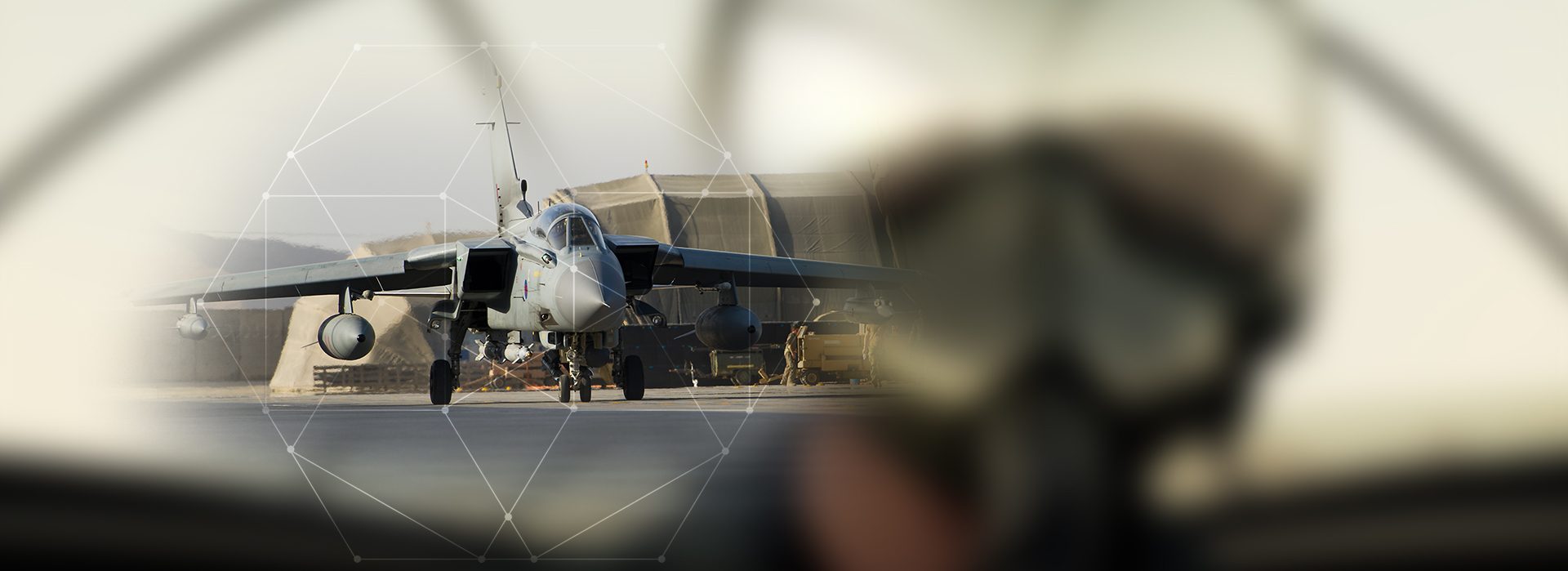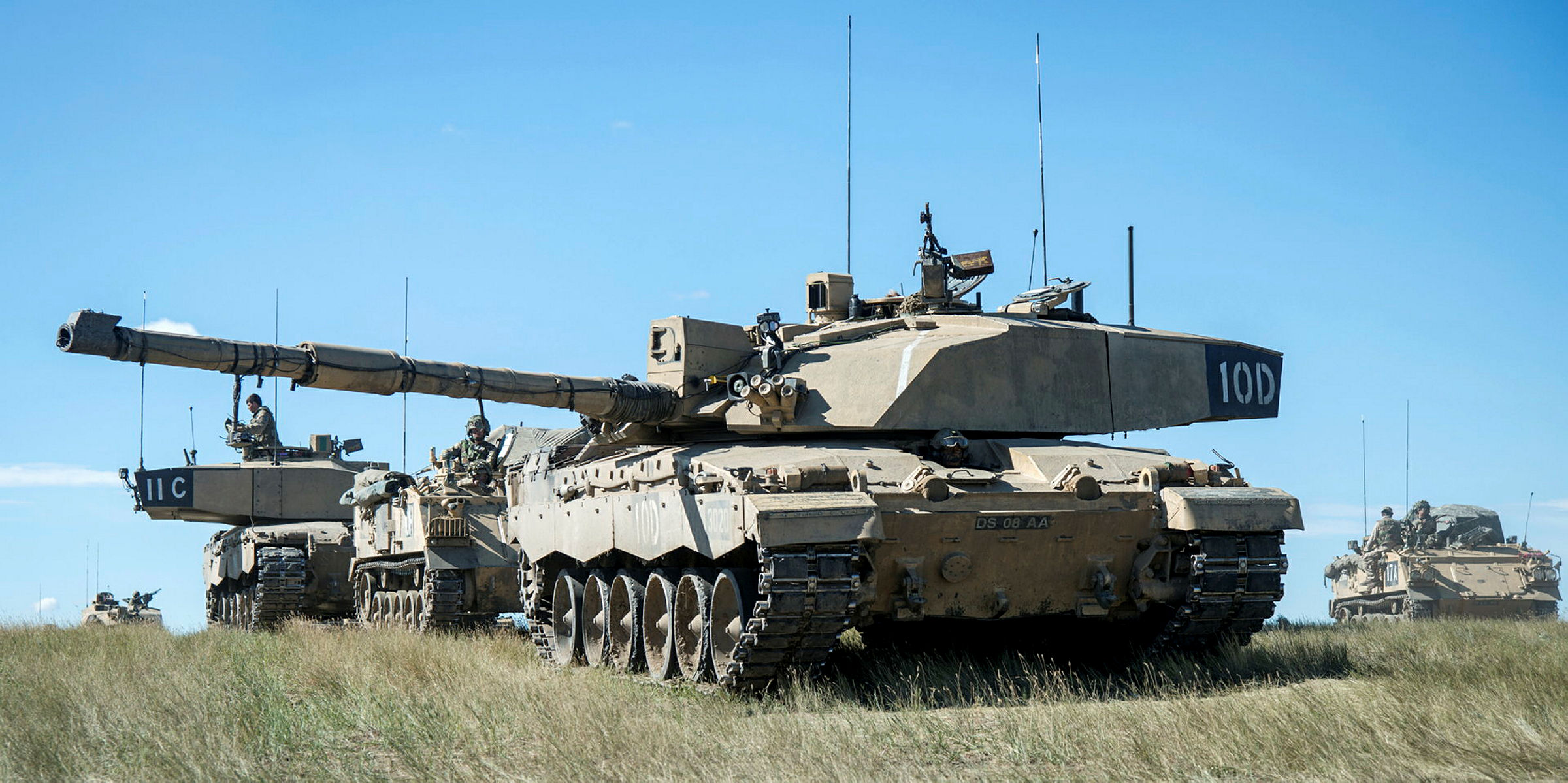Challenge
This work followed on from previous research undertaken by RED Scientific – you can find out more here.
The stated aims for this second phase project were to: characterise and understand likely future Air force operating locations; to understand the command and control relationships for deployed air power, and to understand how best to provide physical protection in deployed locations.
Approach
Our approach consisted of three discrete studies, covering:
- Airfield Vulnerability, where we developed methods for understanding the high level risks associated with the vulnerability of deployed air power to physical attack on airbases, and how best to mitigate against these risks.
- A Characterisation of Deployed Environments, in which we characterised the likely deployed air power locations, examining physical and Command and Control (C2) aspects.
- Enablers Systems Analysis, where we worked to understand what enablers are required to achieve deployed air power, and how they interact with each other.
Solution
The first study conducted in-depth open-source research to identify vulnerabilities of deployed airfields. This was a generic study that considered a range of different airfield types rather than actual locations. The study identified specific threats from historical analysis of recent air deployments and included conventional military, non-state actor and cyber threats.
The second study characterised different deployed environments for airpower. This used case studies of recent airpower deployments to classify airfields based on their environment, level of infrastructure and security.
The results of these two studies were combined to investigate the C2 relationships for deployed air power and to understand how best to provide physical protection in deployed locations. This third study analysed the enablers required to deploy airpower. The analysis methodology consisted of the following four stages:
- Scenario generation to develop four scenarios to understand the interaction of the key air enablers at the system of systems level. These included single aircraft deployments, Forward Operating Base (FOB) and Detached Operating Base (DOB) deployments.
- A Centre of gravity analysis to identify the critical capabilities to sustain air power during each deployment.
- Subject Matter Expert interviews with serving RAF officers to identify enablers used for each scenario and their dependencies.
- Enabler assumptions, strengths and weaknesses evaluation and identification of the key enabler that could be targeted by hostile forces to defeat the operational centre of gravity.
Recommendations
The four scenarios identified a key enabler that, if targeted by hostile forces, would affect deployed force’s operational centre of gravity. From this analysis we made recommendations advising on the capacity risk associated with concurrent operations, the advantages of permanent basing and stockpiling of enablers to increase the resilience of airfields.



